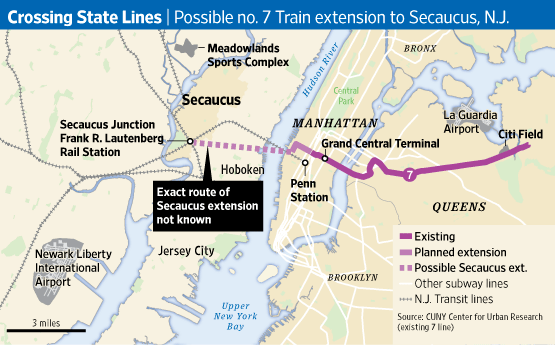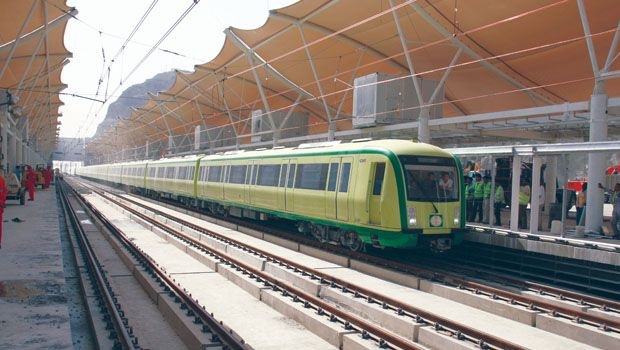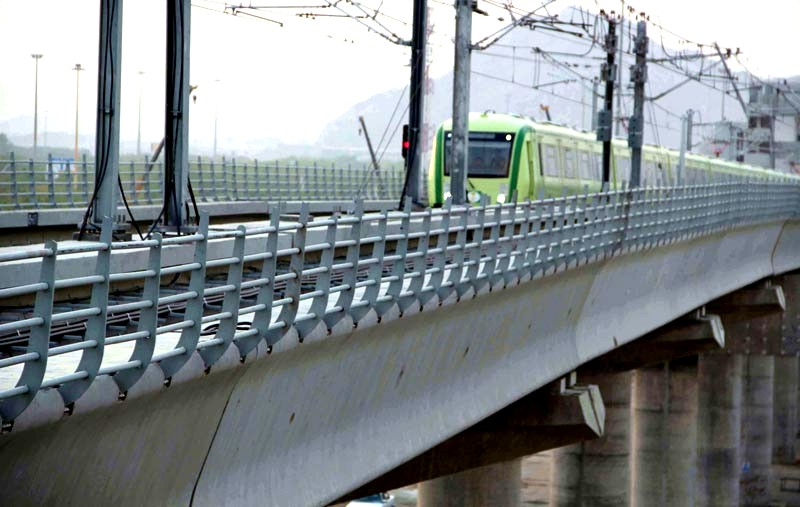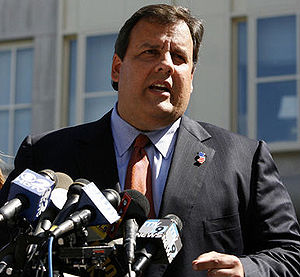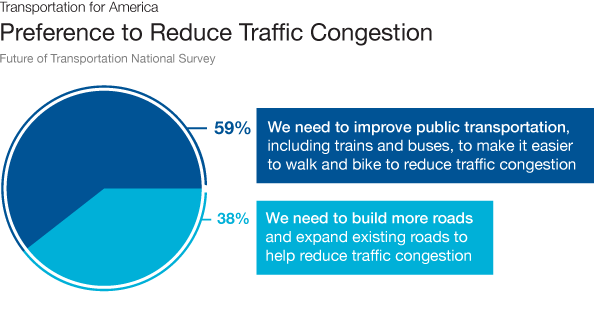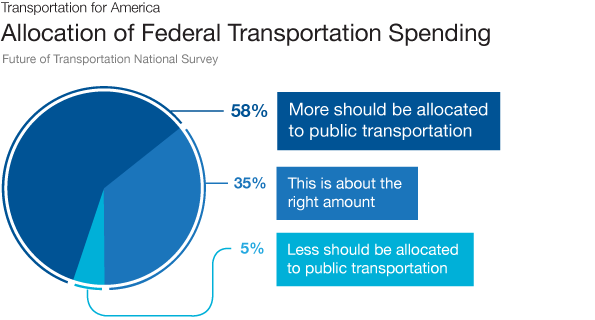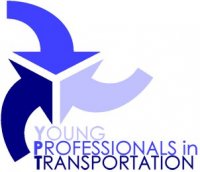(Sources: USDOT Sec. Ray LaHood’s Fast Lane Blog; USDOT; NY Times; Wired, Tree Hugger; The Transport Politic)
A day after delivering the State of the Union address, President Obama took his economic message on the road in the first of a series of trips outside Washington. He began his full-scale pivot to the economy by focusing on high-speed rail projects, a tangible thing that many voters can see in their own neighborhoods or states. Joined by Vice President Biden in Tampa, Florida, he announced the American Recovery and Reinvestment Act High-Speed and Inter-city Passenger Rail grants. Mr. Obama and Vice President Joseph R. Biden Jr. both traveled to Florida to announce the projects. The president and vice president rarely travel together, but did so in this case because Mr. Biden has overseen the economic stimulus plan. He introduced Mr. Obama to the crowd at an event that resembled a campaign rally.
The investments, scattered across the country, include startup money for high-speed rail projects in California and Florida. For months, states have been engaged in a bidding war over the money, which comes from the economicstimulus plan approved a year ago.

Image Courtesy:Sec. Ray Lahood's Fastlane blog
Our favorite, Yonah Freemark @ The Transport Politic summarized this seed funding for HSR as follow: After months of speculation about which states will get funding from the Federal Railroad Administration to begin construction on new high-speed corridors, the news is in. As has been expected, California, Florida, and Illinois are the big winners, with more than one billion in spending proposed for each. But other states with less visible projects, including Wisconsin, North Carolina, and Washington will also get huge grants and begin offering relatively fast trains on their respective corridors within five years. The distribution of dollars is well thought-out and reasonable: it provides money to regions across the nation and prioritizes states that have made a commitment of their own to a fast train program.
The bulk of today’s awards go to new, large-scale high-speed rail programs–projects such as Florida, with $1.25 billion to develop a high-speed rail corridor between Tampa and Orlando with trains running up to 168 miles per hour–and California, with $2.25 billion to connect Los Angeles to San Francisco and points in between with trains running up to 220 miles per hour.
In total, 31 states and the District of Columbia will receive awards. In addition to 13 corridor investments, we are also awarding several grants for improvement projects and planning. These efforts on existing routes and emerging corridors will lay the groundwork for future high-speed and intercity rail development.
And here are the stats of the projections for each line via Tree Hugger (via Wired):
California
First Phase – San Francisco to Los Angeless
Ultimate Goal – Sacramento to San Dieago
Estimated Completion Date – 2025
Top Speed – 220 mph
Final Tab – $45B
Florida
First Phase – Tampa to Orlando
Ultimate Goal – Orlando to Miami
Estimated Completion Date – 2017
Top Speed- 180 mph
Final Tab – $11.5+B
Midwest
First Phase – Chicago to Madison, Detroit, and St. Louis.
Ultimate Goal – Hub-and-spoke network: 20 major cities using 3,000 miles of existing railway.
Estimated Completion Date – 2025
Top Speed – 110 mph
Final Tab – N/A
Texas
Ultimate Goal – “T-Bone” connecting Dallas/ Ft. Worth, San Antonio, and Houston
Estimated Completion Date – 2020
Top Speed – 220 mph
Final Tab – $12-22B
Northeast
Ultimate Goal – Speed-boosting upgrades to existing lines to get Washington-to-Boston travel time down to five hours, 45 minutes.
Estimated Completion Date – 2023
Top Speed – 150 mph
Final Tab – $12B
Other lines will grace Washington, Oregon, North Carolina, and Wisconsin.
For further details on the major corridor projects, click here (via USDOT Press Release):
Please visit here for a complete in-depth analysis of this distribution and for an awesome table that captures salient features (distance, funding amounts, etc). Thanks to Yonah Freemark for his efforts to keep us informed.

